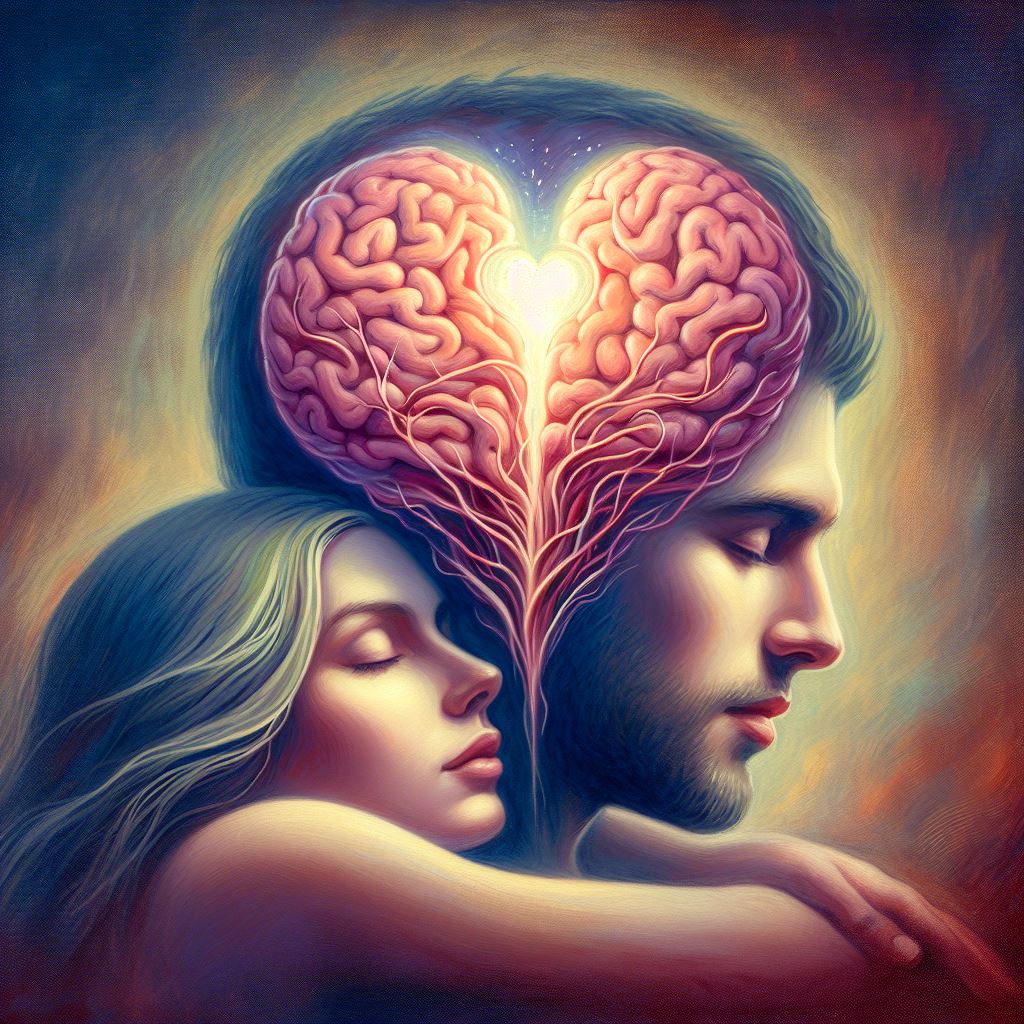When you get in the car to go out to dinner with your significant other, your brain’s reward centre is probably flooded with dopamine, the same hormone that causes cravings for sweets, nicotine, and cocaine. This will probably encourage you to face traffic to maintain that special link. However, recent research from neuroscientists at CU Boulder reveals that if that dinner is with a casual work acquaintance, that deluge would appear more like a trickle.
What we have found, essentially, is a biological signature of desire that helps us explain why we want to be with some people more than other people.
Senior author Zoe Donaldson, associate professor of behavioral neuroscience at CU Boulder.
The findings were published in the journal Current Biology.
Similar to people, these cosy, wide-eyed rodents typically form lifelong relationships, live together, raise children, and go through a mourning process when their spouse passes away.
Through his research, Donaldson hopes to learn more about the workings of the human brain that enable close relationships and the neurochemical processes involved in our recovery from their breakup.
The latest research addresses these issues by demonstrating, for the first time, dopamine’s vital role in maintaining romantic relationships.
As humans, our entire social world is basically defined by different degrees of selective desire to interact with different people, whether it’s your romantic partner or your close friends.
This research suggests that certain people leave a unique chemical imprint on our brain that drives us to maintain these bonds over time.
Zoe Donaldson
Also Read| Researchers Developed a Transparent Brain Implant That Can Monitor Surface-Based Neural Activity
For the study, Donaldson and her colleagues measured in real time what transpires in the brain of a vole as it tries to reach its spouse using cutting-edge neuroimaging technology. In one scenario, the vole’s partner’s chamber required her to operate a lever to unlock a door. For that reunion in another, she had to get over a fence.
In the meantime, a tiny fibre-optic sensor monitored activity in the animal’s nucleus accumbens, a part of the brain that causes people to seek out rewarding things in life, such as food, water, and drugs of abuse, millisecond by millisecond.
First author Anne Pierce, a graduate student in Donaldson’s lab, described how the sensor “lights up like a glow stick” whenever it senses a dopamine surge. According to her, the fibre “lit up like a rave,” as the voles pulled on the lever or scaled the wall to view their life partner. And they cuddled and sniffed each other, and the celebration went on.
The light stick, however, goes out when a random vole is on the other side of that wall or door.
This suggests that not only is dopamine really important for motivating us to seek out our partner, but there’s actually more dopamine coursing through our reward center when we are with our partner than when we are with a strange.
Anne Pierce
Also Read| Researchers Find Possible Connections Between Skin Ageing and Microbiome
In a different experiment, the pair of voles were separated for four weeks, an interminable period for rodents and sufficient for voles to find a new spouse in the wild.
The dopamine rush that marked their relationship had nearly disappeared when they were reunited. That fingerprint of yearning was, in essence, missing. Their old mate was no different from any other vole in terms of their brains.
We think of this as sort of a reset within the brain that allows the animal to now go on and potentially form a new bond.
Zoe Donaldson
Given that it seems the brain has an innate defence against unending unrequited love, this might be excellent news for people who have had a difficult divorce or even the death of a spouse.
The authors emphasise that further studies are needed to find out how effectively the findings in voles transfer to their two-legged, larger-brained relatives. However, they think that in the end, their research may have significant effects on those who either find it difficult to build meaningful connections or who suffer from protracted mourning disorder, a disease that prevents people from moving on from their losses.
The hope is that by understanding what healthy bonds look like within the brain, we can begin to identify new therapies to help the many people with mental illnesses that affect their social world.
Zoe Donaldson
Source: University of Colorado Boulder News
Journal Reference: Anne F. Pierce, David S.W. Protter, Yurika L. Watanabe, Gabriel D. Chapel, Ryan T. Cameron, Zoe R. Donaldson. Nucleus accumbens dopamine release reflects the selective nature of pair bonds. Current Biology, 2024; DOI: https://doi.org/10.1016/j.cub.2023.12.041





